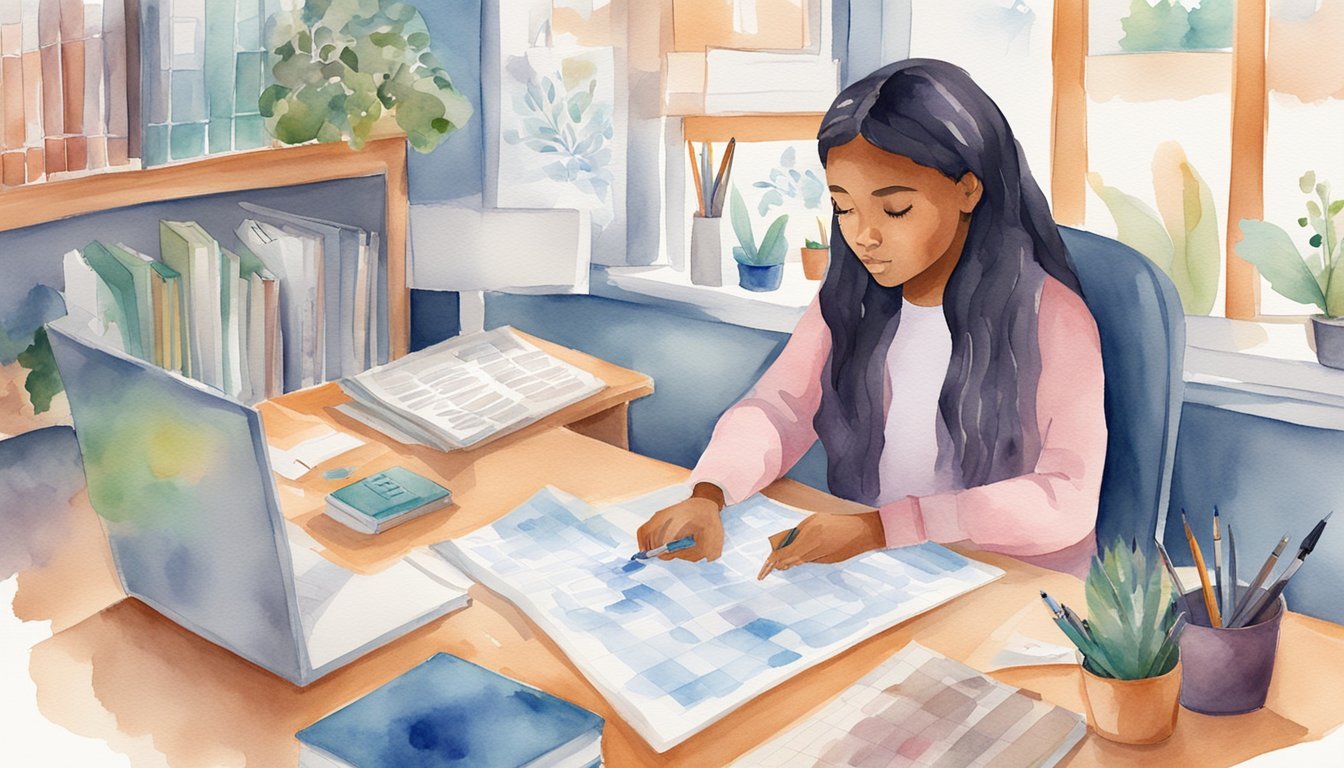Understanding ADHD in Girls
Attention-Deficit/Hyperactivity Disorder (ADHD) in girls often remains unrecognized, as it can present differently from the typical symptoms observed in boys. This section explores the nuances of ADHD in girls to enhance awareness and understanding.
Identifying Symptoms in Girls
Symptoms in girls may be less obvious than in boys. Girls with ADHD often display patterns of inattention such as being easily distracted or daydreaming. They may also be shy and withdrawn, but can sometimes appear hyperactive or deemed as overly emotional.
Differences Between Boys and Girls
Research suggests ADHD expresses itself differently due to gender. Boys often exhibit externalizing symptoms like disruptiveness. In contrast, girls are more likely to have the inattentive type of ADHD, which includes being spacey, quietly inattentive, and dreamy.
Impact on Education and Development
In the classroom, girls with ADHD might have trouble with concentration, homework, and time management, often seen as careless mistakes or disorganization. Their challenges can lead to low self-esteem and underachievement if not properly supported.
Social and Emotional Aspects
Girls with ADHD may struggle with emotional sensitivity and peer relationships, feeling anxious or silly in social situations. They might become self-critical and experience feelings of rejection more profoundly, which can lead to more withdrawn behavior or even self-harm as coping strategies.
Diagnostic Process and Challenges
The evaluation for ADHD in girls can be complex. Stereotypes and misconceptions about ADHD often lead to their symptoms being overlooked. Diagnosis requires careful consideration of less overt signs, and girls are frequently diagnosed later in life compared to boys. Proper mental health support and understanding are crucial for effective coping and management.
Managing and Supporting ADHD in Girls

ADHD in girls often manifests differently than in boys, making its management both challenging and essential. Girls with ADHD typically exhibit inattentiveness rather than hyperactivity, which can impact their education and social interactions.
Effective Treatment Options
Treatment for ADHD in girls can include a combination of medication, behavioral therapy, and counseling. Stimulant medications are commonly prescribed to help improve focus and concentration. A symptoms checklist for doctors can be particularly helpful in tailoring treatment to each individual’s needs.
Role of Family and Educators
Family members and educators are often on the front lines in managing ADHD. It’s important for families to be educated about ADHD through resources provided by clinicians. For teachers, understanding a student’s diagnosis and having the patience to work through tasks with them can make a significant difference.
Strategies for Academic Success
To succeed in school, girls with ADHD may need help with organizing tasks and homework. Simple adjustments, like breaking down school projects into manageable steps or providing written instructions, can aid in keeping a student focused.
Navigating Social Relationships
Social challenges may include difficulty in maintaining friendships and peer relationships. Encouraging girls to engage in activities that promote social skills, like group projects or sports, can help build these critical relationships.
Self-Care and Mental Health Resources
ADHD in girls can be associated with anxiety and depression, so self-care is crucial. Support groups, as well as individual or family therapy, can provide coping strategies and improve self-esteem. Online tests, like the ADHD self-test for teenage girls, can offer initial guidance toward seeking professional help.

